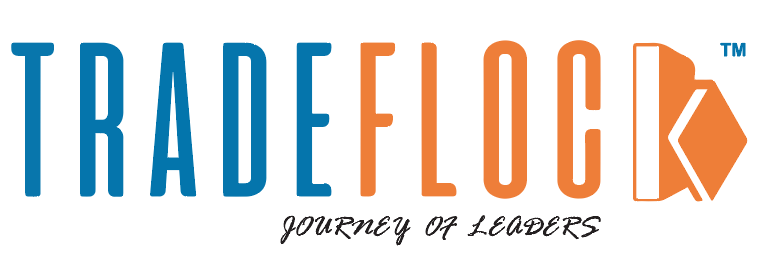
Redefining the Boundaries of Data and Innovation/Innovator, Educator, And Visionary Tech Leader
Tenured Track Assistant Professor
MSSU (Missouri Southern State University)
What if the assumptions behind the iconic Black-Scholes model could be refined with today’s advancements in stochastic calculus? Or if AI could transform not just industries but the lives of individuals on a deeply personal level? For Dr. Shantanu Awasthi, these “what ifs” aren’t just theoretical musings—they’re the foundation of a career dedicated to solving real-world problems with cutting-edge data science and artificial intelligence.
Shantanu’s journey began in India, where his fascination with uncovering the logic behind formulas led him to a bachelor’s in electronics engineering and then to the U.S., where he pursued a master’s in mathematics. It was here that his curiosity turned into conviction. During his PhD, he tackled the nuances of financial modeling while immersing himself in the transformative potential of machine learning. From creating predictive algorithms for global trade to developing AI-powered VisionPro glasses for the visually impaired, Dr. Shantanu has consistently bridged the gap between research and application.
Now, as an Assistant Professor of Data Analytics at Missouri Southern State University, he is preparing the next generation of data scientists with a rare blend of academic rigour and corporate insight. Tradeflock interviewed him to delve deeper into his groundbreaking journey, his philosophy on innovation, and how he envisions AI transforming the future.
My journey has always been fueled by curiosity and a love for solving complex problems. I started with a bachelor’s in Electronic Engineering in India, cleared the GATE exam, and secured admission to IIT Roorkee. However, my fascination with the fundamentals of mathematics led me to pursue a master’s in Mathematics in the U.S. During my Ph.D., I explored models like Black-Scholes, uncovering ways to refine their assumptions with modern stochastic calculus. After completing my Ph.D., I joined Sense360, applying data science to help businesses gain insights into customer behavior and market trends. Later, I returned to academia, first as a Visiting Assistant Professor at Wake Forest University and now as an Assistant Professor of Data Analytics at Missouri Southern State University. My focus remains on teaching, research, and using AI to create meaningful impact. Every step of my career has been about turning curiosity into action.
The biggest lesson I’ve learned is simple: ‘Keep studying and keep reading.‘ In a world where technology evolves daily—shifting from basic machine learning to generative AI in just a few years—staying curious and updated is essential. By following industry leaders and embracing change, I stay motivated and prepared.
Bringing the best of both corporate and academic worlds, I focus on equipping my students with practical, job-ready skills. From designing assignments that mimic real-world projects to teaching tools like GitHub, my goal is to ensure they graduate ready to tackle industry challenges with confidence and expertise.
Building the VisionPro Smart Glasses was like teaching AI to see the world as we do. Cadre Technology developed these AI smart pro vision glasses, and I contributed as a scientific adviser. I focused on object detection and optical recognition, using convolutional neural networks to identify colors and read text accurately. While tools like Python-based libraries were our backbone, navigating data privacy was a challenge we tackled head-on.
I believe this is just the beginning—AI is set to redefine accessibility, making technology more intuitive and empowering for everyone, from real-time translations to life-changing visual aids.
If I could choose a superpower, I’d want to combine the resilience of Wolverine and the precision of Magneto. Imagine the possibilities—unbreakable strength paired with the ability to shape the world around me. I’d use it to build, protect, and solve challenges in ways that leave a lasting impact.
They say, ‘Knowledge without application is like a book gathering dust.’ Coming from a family of educators, including my grandfather, and having a PhD in Financial Mathematics, I feel that teaching is in my DNA. After years in the corporate world, I realized my real passion lay in bridging the gap between academia and industry. With my experience, I can go beyond algorithms in textbooks to show students how to create real business value using those algorithms. For me, teaching isn’t just a career—it’s a way to contribute directly to society and prepare the next generation for meaningful impact.
I had the privilege of presenting my work, titled “Image Modelling for Sugar Beet Root Maggots,” where I developed an advanced AI-based model with an impressive 97% accuracy in identifying and counting sugar beet root maggots from images. This model leverages state-of-the-art techniques in computer vision and machine learning to address challenges in agricultural pest monitoring, providing a scalable and precise solution for automating pest detection in sugar beet fields.
The presentation allowed me to delve deeper into the technical and practical aspects of applying artificial intelligence to real-world problems in agriculture. I was honored to engage in meaningful discussions with distinguished researchers, fellow academics, and talented PhD students. These conversations not only enriched my understanding of the broader scope of AI applications in pest control and crop management but also opened avenues for potential interdisciplinary collaborations.
‘Healthcare is not one-size-fits-all,’ and that’s where I see the future of tech heading. AI has the potential to revolutionize healthcare by making it truly personalized—leveraging smartwatch data, genetics, and health history to tailor treatments. While we’ve personalized insurance based on driving habits, we’re still far from achieving this in healthcare. My vision is to combine real-time health monitoring with AI to create systems that predict, prevent, and personalize care—turning data into life-changing insights.
The future doesn’t care about boundaries. My advice is to stay consistent and embrace learning beyond your field. Back in my bachelor’s days, mechanical engineers stuck to engines, and computer scientists stuck to coding. But the world is shifting—tomorrow’s innovators will need a mix of skills across disciplines. So, be curious, explore broadly, and prepare to adapt.
